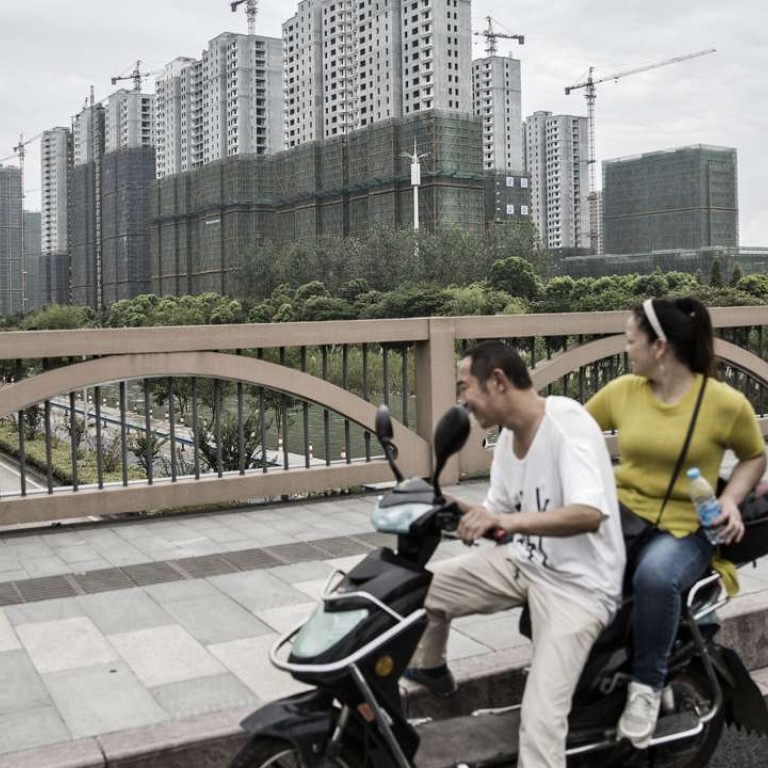
Second-tier cities outperform first-tier peers in China’s property market
Nanjing, Hangzhou and Suzhou among top 10 cities in terms of gross floor area sales
First-tier cities are no longer the only option for Chinese homebuyers as prominent second-tier cities, with larger land supply and less crowded living environment, are drawing attention from both developers and end-users.
Among the second-tier cities with “first tier potential”, nine cities including Nanjing, Hangzhou and Suzhou have outperformed their peers and become the new matrix of investment opportunities.
Second-tier cities have also been leading China’s property market in some key indexes since early 2016. Among the top 10 cities that had most gross floor area sold from January to October 2016, nine are second-tier cities with substantial year-on-year growth. In terms of sales value, cities like Hangzhou, Nanjing and Tianjin are closing the gap with higher growth percentage.
Land acquisition value, as an indicator of future market sales , also demonstrates a favourable prospect for prominent second-tier cities. Heated land auction in cities with “first-tier potential” has catalysed the robust growth of land acquisition market, both in gross floor area and in sales value.
The advantages of second-tier cities over first-tier cities are overall more observable in the land market and also reflect that the current dominance by first-tier cities are being challenged by the rapid ascendance of second-tier cities, especially those top performers within.
We have established a four-dimensional model to measure value for investment that takes property market prosperity, industry rivalry, economic fundamentals and infrastructures into consideration.

The result suggests that promising second-tier cities, such as Nanjing, Hangzhou and Suzhou are at the top of the list.
The characteristics of the top cities are similar – strong market demand, net population inflow and robust infrastructure. Intense rivalry is also widely observable among those cities, indicating the overwhelming land demand of key industry players.
The de-stocking process demonstrates a healthy property market cycle in those cities. For top cities such as Wuhan, Nanjing and Hefei, gross floor area sold year-on-year can peak at 29.1 million square metres, while inventory turnover can be as low as two months.
Most of the top 50 property developers have established their presence in these cities. In Suzhou, the top 50 developers accounted for 89 per cent of the land sales, while in Chengdu they acquired 17.83 million square metres of land year to date.
Stable population and ascending disposable income are also highlighted in the economic fundamentals.
Seventeen cities in the list recorded a permanent resident population of 7 million or higher, which is favourable for property development. Five listed cities recorded an average disposable income of 40,000 yuan (HK$45,011.5) or more, among which Suzhou led the category with an average disposable income of over 50,000 yuan. Increasing population with higher income enables market to operate on a good economic scale, stimulating both primary and secondary market transaction.
Well-paced railway construction also distinguishes cities. Cities such as Chongqing and Nanjing lead the development of railway infrastructure, including metro and light rail transit system, while other seven cities in the list also excelled at infrastructure development.
David Hong is the head of research at real estate consultancy China Real Estate Information.

